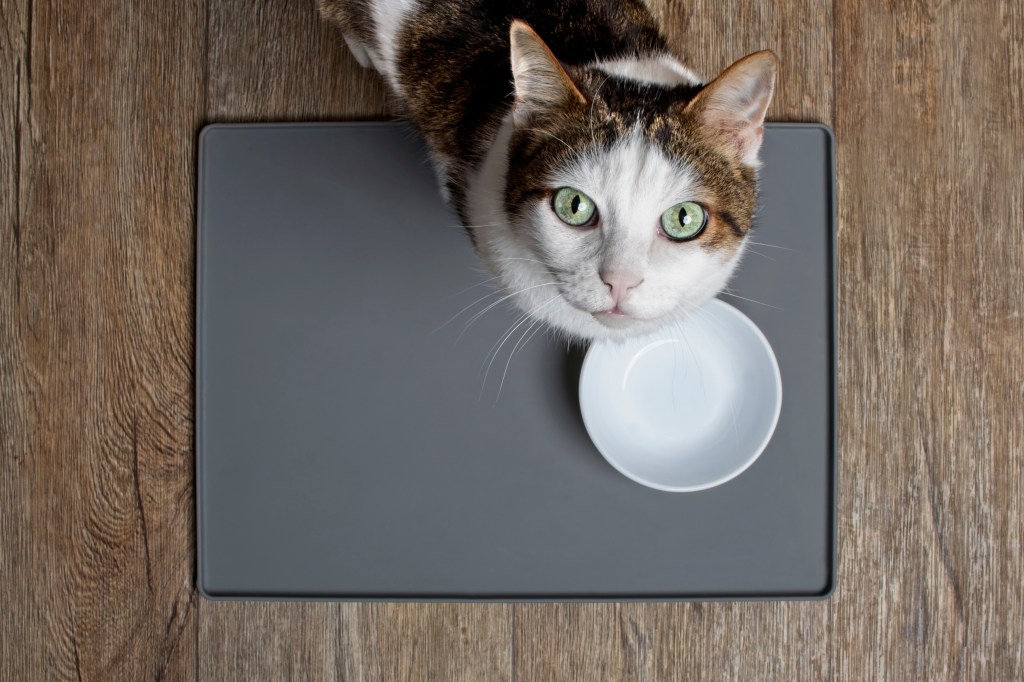Feline nutrition part 1: How to choose the purr-fect diet for your pet
Published 10:30 am Wednesday, May 4, 2022

- Be careful when choosing what food to share with your four-legged friends.
Wild cats eat a diverse, protein-heavy diet, which can sometimes be difficult for pet owners to replicate for their domesticated feline friends. Fortunately, there are several guidelines owners can follow to make sure their cat’s meals are both nutritious and delicious.
Dr. Debra Zoran, a professor at the Texas A&M College of Veterinary Medicine & Biomedical Sciences, offers advice for mimicking a cat’s natural diet and finding the best option for your particular pet.
When it comes to feline diets, the words complete and balanced are key, according to Zoran.
Even though cats are carnivores, a meat-only diet will result in fatty acid, vitamin or mineral deficiencies; therefore, commercial diets are typically the easiest option for owners because they contain the necessary nutrients to ensure a balanced diet.
“Feeding cats a complete and balanced canned food will be the easiest way to have a high protein/low carbohydrate diet that will also help with calorie control and assure your kitty meets their daily water needs,” Zoran said.
Canned foods’ ability to increase water intake is a major reason Zoran recommends them over dry foods; cats that eat only dry foods consume less water overall and are more prone to dehydration.
“Many indoor cats are prone to health issues, including urinary tract blockages and constipation, from being dehydrated,” she said. “Increased water intake from eating canned food is an important way to decrease the risk of these problems occurring or re-occurring.”
Dry food diets also tend to be higher in fat, carbohydrates and calories — all of which can increase the risk of obesity.
“Dry diets are documented to lead to obesity and diabetes in cats that live indoors,” Zoran said. “Indoor cats typically have less opportunity to exercise, have food continuously available or are fed too much food.”
In general, for healthy adult cats, the best option is a canned food with a protein content of 40 percent or higher (greater than 10 percent if the can is greater than 78 percent water) and a carbohydrate content of 10 percent or less. Another way to determine this is to make sure that a carbohydrate source is not one of the first five listed ingredients.
“Because each cat or kitten is an individual, just like people, they may have taste or texture preferences and unique dietary needs,” Zoran said. “Anyone who has more than one cat in their house knows that while you may want to feed every cat the same food (for convenience or simplicity), that is not always possible.”
For this reason, she recommends tailoring each cat’s diet to its specific needs, life stage and preferences, in terms of flavor and texture, and making sure that each cat eats only from its own bowl.
In addition to their regular canned diet, owners can occasionally treat their cats with small pieces of unseasoned, cooked meats or cat grass, which can be a great source of fiber.
Next time you’re shopping for your cat’s food, take a moment to read the label and make sure your choice is promoting your cat’s overall health and happiness. You’re sure to be rewarded with plenty of purrs at dinner time.





